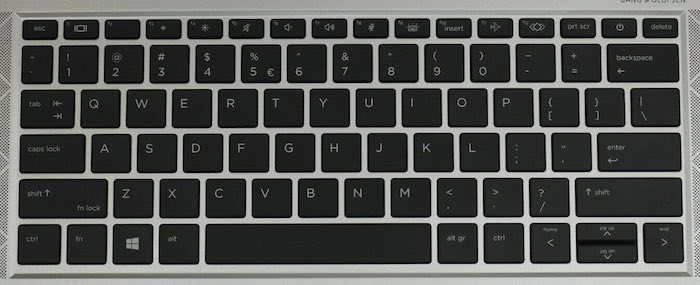
When it comes to your laptop, the keyboard is one of the most important components. It is what you use to type out emails, documents, browse the internet, and much more. But what happens when a key starts acting up or stops working altogether? Understanding how your laptop keyboard works and how to fix individual keys can save you a lot of frustration and potentially even money. So, let's dive into unlocking the secrets of your laptop keyboard. To get more details about laptop keyboard keys, you may navigate to this site.
First things first, it's important to understand how a laptop keyboard is constructed. Underneath each key is a mechanism that allows it to register a keypress when you press down on it. This mechanism typically consists of a rubber dome with a conductive pad underneath. When you press a key, the rubber dome collapses and the conductive pad makes contact with the circuit board, registering the keypress. If any part of this mechanism is damaged or dirty, it can cause a key to malfunction.
If you find that a key on your laptop keyboard is not responding properly, the first step is to determine the cause of the issue. If the key feels sticky or is not registering keypresses, it may be due to dirt or debris that has accumulated underneath the key. In this case, carefully remove the keycap using a keycap puller or a small flathead screwdriver and clean the area underneath with some compressed air or a soft brush. Be gentle to avoid damaging the mechanism.
If cleaning the key does not solve the issue, the next step is to check the key switch itself. This is the mechanism that registers the keypress and can sometimes become faulty. You can test the switch by using a small tool, such as a paperclip, to press down on the switch directly. If the key registers when you press down on the switch but not when you press the key normally, it may be a sign that the keycap is not making proper contact with the switch and needs to be adjusted or replaced.
Another common issue with laptop keyboards is key chatter, which is when a key registers multiple times with a single press. This can be caused by a variety of factors, such as dirt, debris, or a faulty switch. To fix key chatter, try cleaning the key switch as mentioned earlier. If that does not solve the issue, you may need to replace the switch with a new one. This can be a more advanced repair, so if you are not comfortable with taking apart your laptop keyboard, it may be best to seek help from a professional.
If all else fails and a key on your laptop keyboard is still not working properly, you may need to consider replacing the entire keyboard. This can be a more costly solution, but it is often the most effective way to ensure that all keys are working properly. Many laptops have keyboards that can be easily replaced with a few screws and connectors, so be sure to check with your laptop manufacturer for replacement options.
Overall, understanding how your laptop keyboard works and how to fix individual keys can save you time and money in the long run. By taking the time to clean and troubleshoot any issues with your keys, you can ensure that your laptop keyboard stays in good working condition for years to come. And if all else fails, don't hesitate to seek help from a professional who can assist with more complex repairs. Remember, a properly functioning keyboard is essential for getting the most out of your laptop, so don't let a few sticky keys slow you down.